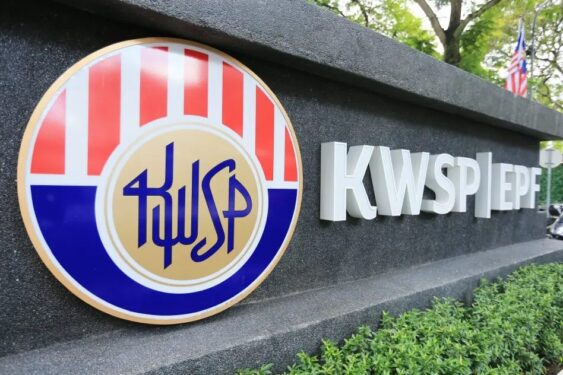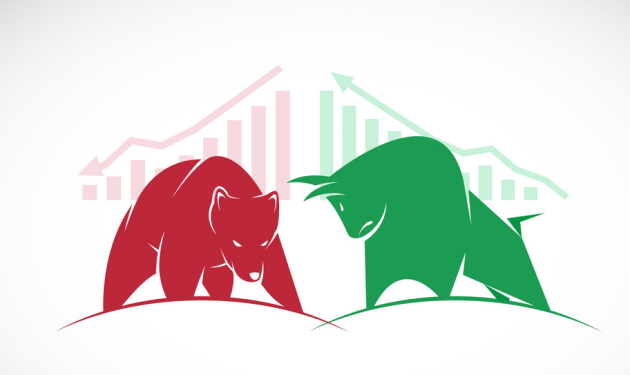By David Morris
THE year 2020 was a turning point in so many ways. Indeed, it could be that 2020 marks the end of a long period of global cooperation that delivered Globalisation 1.0, and that we are in a rocky transition to Globalisation 2.0.
It is therefore timely to consider some lessons for how the new digital economy might build back better.
Globalisation 2.0 will be all about flows of data and artificial intelligence-driven platforms and networks. However, it remains unclear whether rising techno-nationalism may generate rival systems, decoupled from each other, which could be better described as de-globalisation.
If so, where does this leave the Asia Pacific?
Asia is now at the centre of the global economy, and its national economies are becoming more and more integrated through regional cooperation processes.
By 2040, McKinsey estimates Asia will account for more than 50% of global GDP. So, we must consider how Asia is likely to influence the development of the next phase of globalisation.
In doing so, it is worth observing that Globalisation 1.0 was underpinned by three factors that are currently missing in Globalisation 2.0.
First, Globalisation 1.0 generated bilateral agreements, regional arrangements and global rules, norms and standards for economic cooperation. These included free trade agreements, the open regionalism of the Asia Pacific and culminated in the establishment of the World Trade Organisation in 1995.
In Globalisation 2.0 we have no agreed rules, norms or standards yet to regulate giant tech companies, to ensure data privacy, to protect cyber security or to govern the development of artificial intelligence.
Second, the global value chains built during Globalisation 1.0 were based on trusted relationships between suppliers, distributors and customers, with reasonable expectations of mutual benefit.
In Globalisation 2.0 we expect reduced trust, including amongst customers, encouraged by populist leaders to distrust foreigners, with calls for shortened or nationalised supply chains.
Even worse, we have weaponisation of supply chains, with governments using export controls to bolster their own industries and coercion to punish others, as well as increasing restrictions on investment and financial flows, often based on opaque national security grounds. Sometimes these actions are plainly protectionist.
Third, Globalisation 1.0 took place during a remarkable period of peace, at a time when leaders invested in dialogue, cooperation and confidence building measures to avoid confrontation.
This was particularly important to the millions of people who benefited from rapid development in the Asia Pacific region in recent decades.
Is Globalisation 2.0 destined to take place in a much more confrontational geopolitical contest between rival powers? Will this confrontation mean that we cannot agree on rules and norms for the new technologies that will underpin the future digital economy?
Will it mean that we cannot establish trust in the relationships along the digital value chains that link suppliers, platforms and customers? Must we therefore decouple the economies that are now so inter-dependent, and build separate, disconnected value chains for two or more rival digital economies?
It may be too early to tell.
While in recent years the hawks have been in the ascendency and the narrative has shifted in recent times away from the optimism of Globalisation 1.0, it is by no means certain that the digital economy can be decoupled, or that this would be in any way sustainable.
It may suit geopolitical interests but may not be proportionate risk management. A far more robust approach to concerns like cyber security would be supplier- blind, as threats can emerge from anywhere, not only a geopolitical competitor.
Negotiating and enforcing rules, norms and standards was sensible risk management. Now geopolitical risk appears to be ever-present in the new techno-nationalism of the major powers. However responsible leadership may yet be possible.
It is still early days for the new technologies of the fourth industrial revolution. China says that it supports global rule-making for new technologies.
Its firms will build international trust if they can transparently demonstrate that they are implementing best practice in cyber security and privacy protection.
We will need to see that the actions match the words. Meanwhile, the US during the Trump era abandoned rule- making and standard-setting bodies in the international system.
It is by no means certain that the US will continue to act in such a way. Indeed, the US led the construction of the international rules- based system that underpinned Globalisation 1.0, so for the US to walk away from those principles would be surprising in the long term, regardless of our recent experience.
Further, when the costs of nationalising or shortening supply chains are fully calculated, it’s likely those with some economic expertise might be listened to again, rather than only the security hawks.
Even if a new willingness emerges to develop global rules, norms and standards for the new digital economy, it will need significantly strengthened capabilities for monitoring and enforcement if we are to ensure cyber security, privacy and other critical safety factors.
It will all come down to a combination of innovation, cooperation and smart governance, not just the country of origin.
Finally, there is the biggest challenge of them all. We might have thought this year was a challenge, facing a pandemic, an associated economic crisis and escalating geopolitical confrontation, but it was nothing compared to the potential shocks to come from climate change.
The new technologies of the fourth industrial revolution must provide us with the opportunity to embed sustainability into new industries as we design them, new supply chains as they evolve, into urban planning and transport, energy, agriculture and fisheries of the future.
To combat global challenges like climate change, though, we are going to need global cooperation and that will mean shifting our focus from weaponising technology against each other, towards weaponising technology against shared enemies instead, like climate change, pandemics, terrorists and organised crime.
This is a major question for global governance.
As we move into Globalisation 2.0, can we design rules, build safe, secure and resilient supply chains and, most importantly, maintain peace at the same time? – Dec 24, 2020
David Morris is the vice chair of the UNESCAP Sustainable Business Network, former Australian and multilateral diplomat and Senior Research Fellow, Beijing Foreign Studies University.
The views expressed are solely of the author and do not necessarily reflect those of Focus Malaysia.










